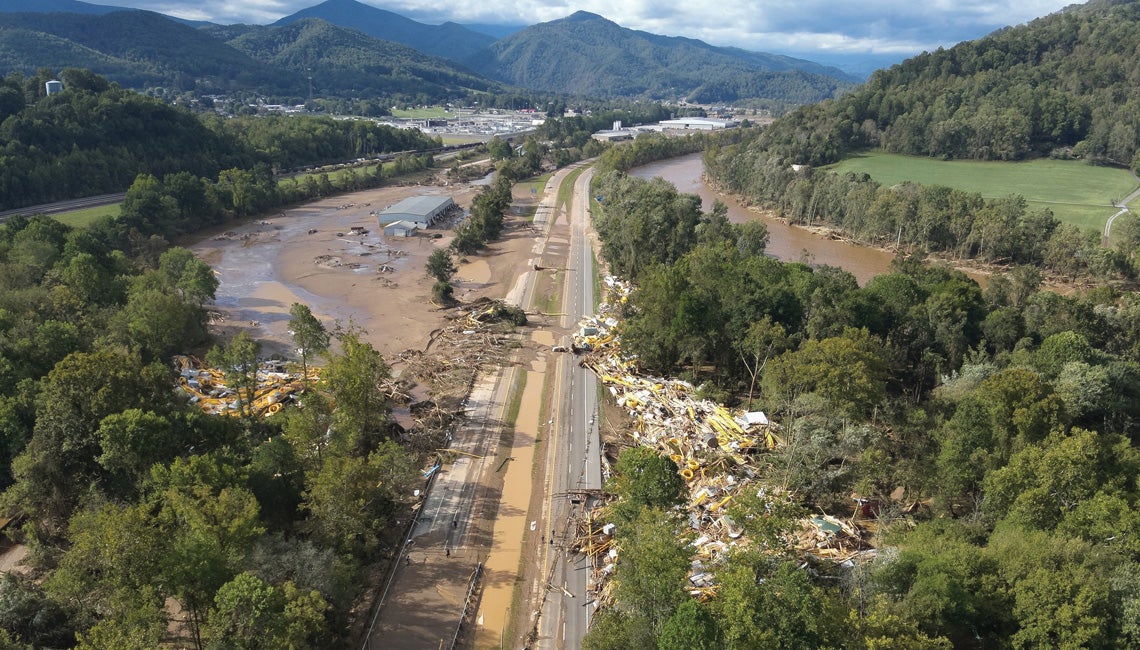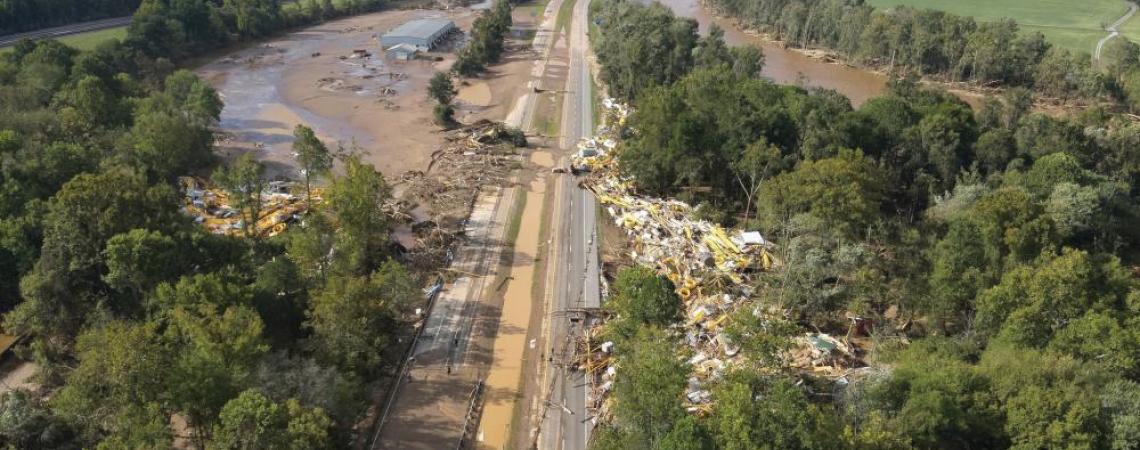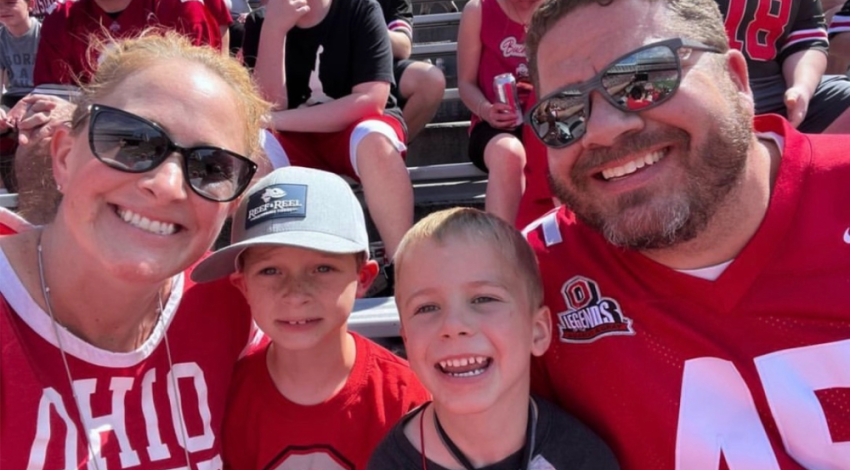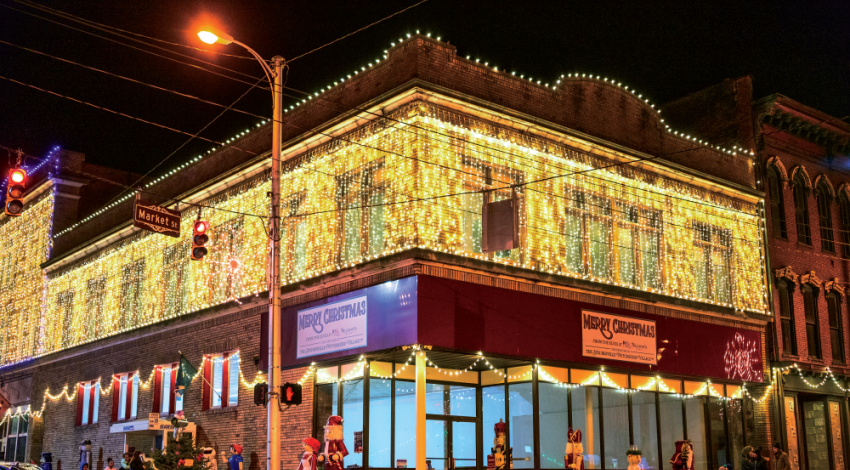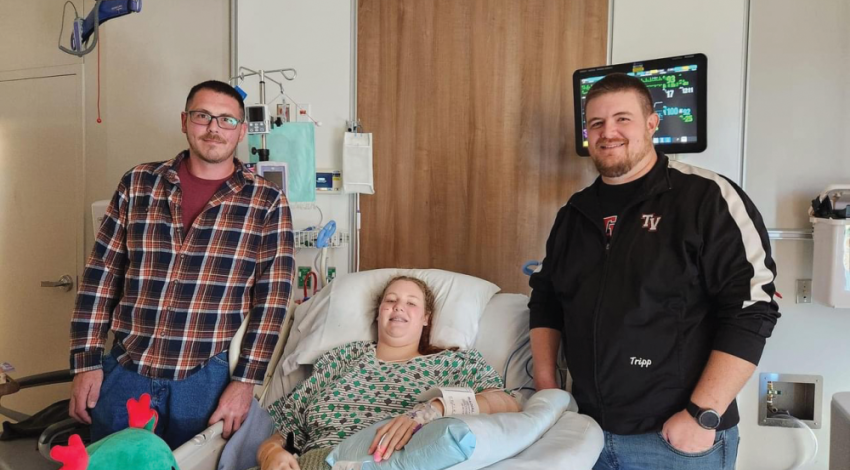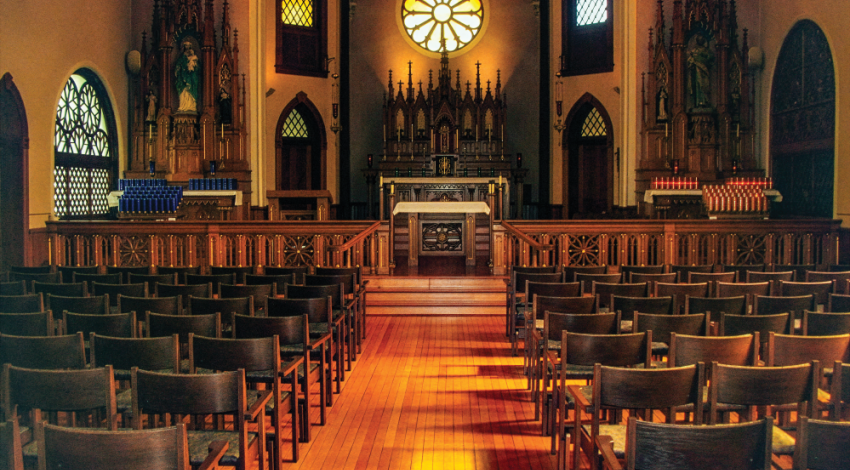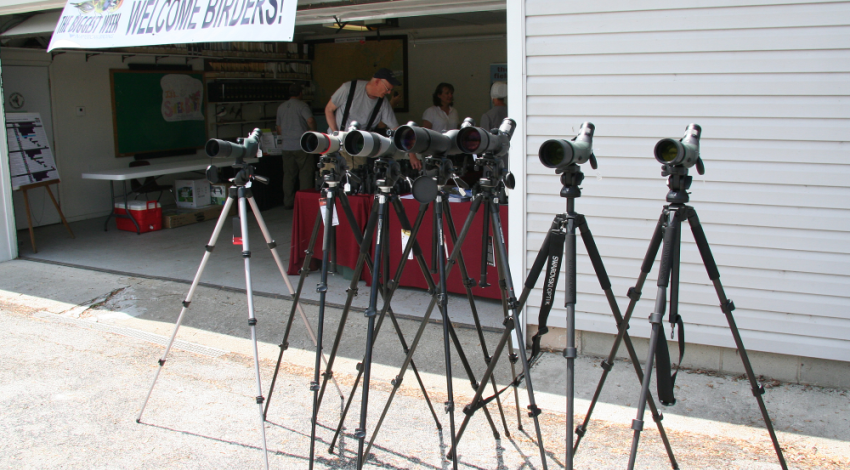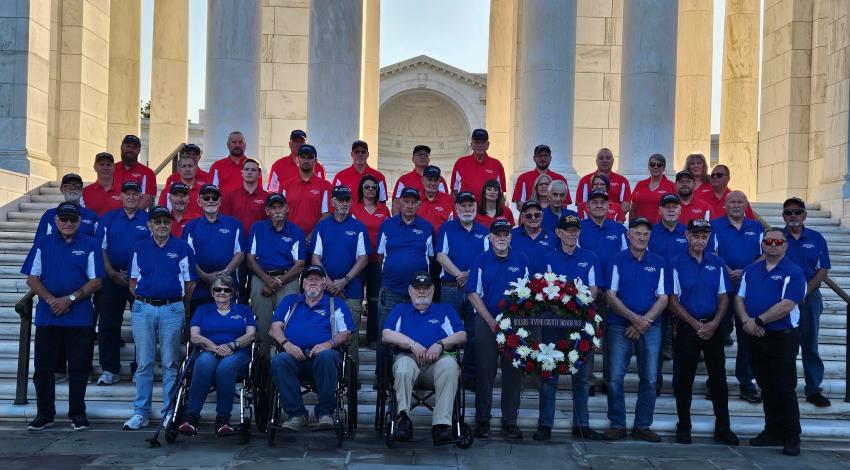A little more than six months after Hurricane Helene rampaged through the southeastern United States, it’s become apparent that some hard-hit areas will take months or years to recover — if they ever do.
For the lineworkers from Ohio electric cooperatives who answered the call to help restore power in the immediate aftermath of the storms, the scenes of devastation they encountered are memories they will never forget.
“I don’t even know how to explain it,” says Ben Jones of South Central Power Company in Lancaster. “There were roads that just got picked up and swung around, then put back down a half a mile downriver. Roads were just gone, bridges gone. Entire houses had been carried away. The flooding that happened there was just unbelievable.”
Hurricane Helene came ashore in Florida in the overnight hours of Sept. 25, 2024, and dissipated only three days later near the Tennessee-Kentucky border.
Helene was the costliest — and one of the deadliest — storms ever to hit the United States. It came ashore in Florida in the overnight hours of Sept. 25, 2024, and dissipated only three days later near the Tennessee-Kentucky border. But in that short span, it had damaged hundreds of water and sewer systems, destroyed long stretches of entire roads, washed out countless bridges, and mangled or swept away hundreds of thousands of homes.
More than 4 million people across the South lost power, and even before the storm had blown its final gust, the first wave of Ohio co-op crews was already helping to rebuild electric infrastructure at co-ops in North Carolina and South Carolina.
In all, 139 lineworkers from 19 co-ops (39% of Ohio’s total workforce) assisted at nine sister co-ops in four states. The crews worked 16-hour days, and at night, at least for a while, most stayed in hotels with no electricity and no hot water. The last of the crews returned home on Oct. 25 — four weeks after Helene first made landfall.
Ken Hunter, a line superintendent for Coshocton-based Frontier Power Company, led a group of 12 linemen from three Ohio co-ops who headed south for Broad River Electric Cooperative in Cowpens, South Carolina, at 6 a.m. on Sept. 28. “Well, I was just going to start crying when we got down there, things looked so bad,” he says. “But they were ready for us to work, so we got right to work.” By the time they got to their hotel that evening, they had set a 50-foot pole, rebuilt its eight crossarms, and had begun to winch lines across it. By the following day, they had restored electric service to 700 members.
“It was one job after another, but that was good because I was there to work,” says John Wilson, a crew leader at the Energy Cooperative in Newark. “We were all thinking, ‘Hey, we’re here for a limited time, we need to get as much done, safely, as we possibly can.’ We wanted to do our best job for that co-op, because if we’re ever in that position, they would do the best job for us.”
And though that was important, Jones says, their presence was more than just getting people’s power turned back on.
“For a lot of the people we saw, there was nothing left of their homes. I mean, they didn’t even know where their homes were,” he says. “So sometimes you’d just go say a prayer with them and remind them they’re fortunate just to be alive. When we say we went down there to help people, it’s not just their electricity, but to make them feel like they still have a life ahead of them.”
